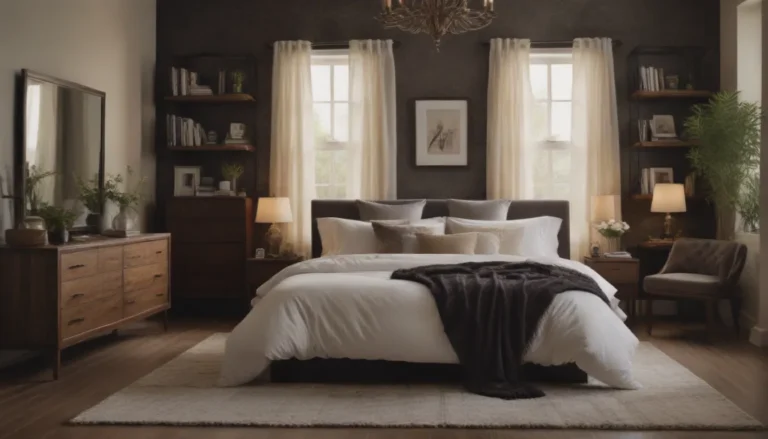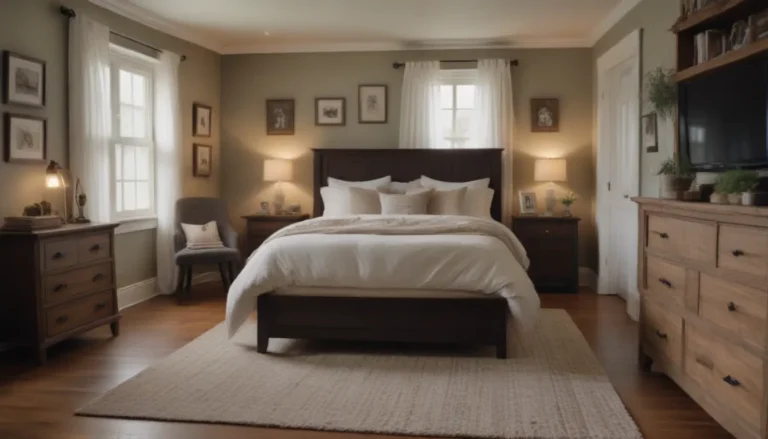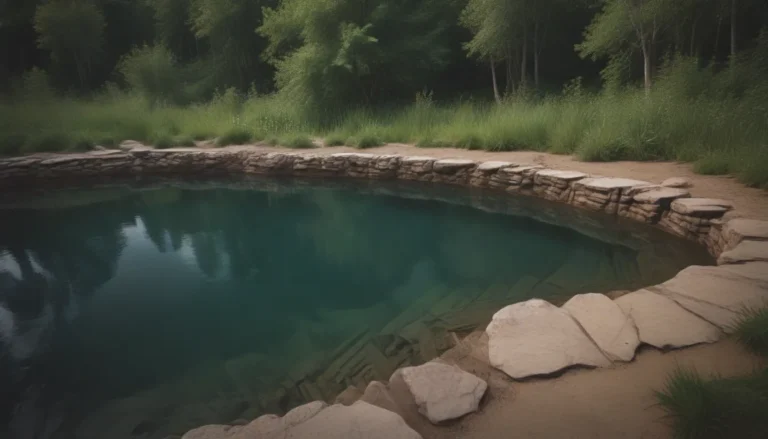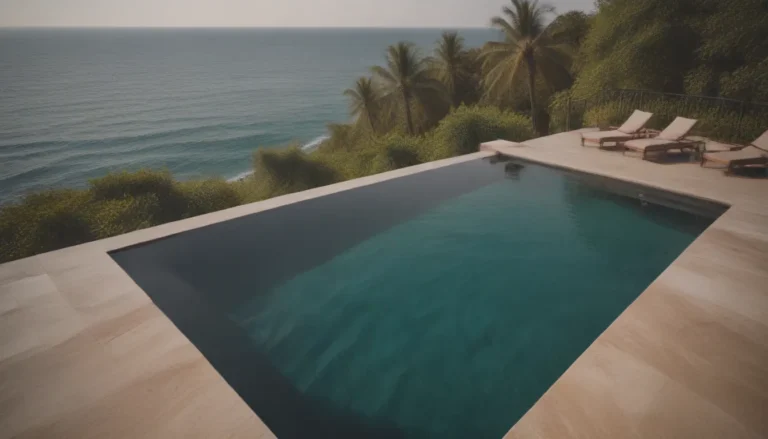The Ultimate Guide to Matching Paint Colors to Print Colors with Ease
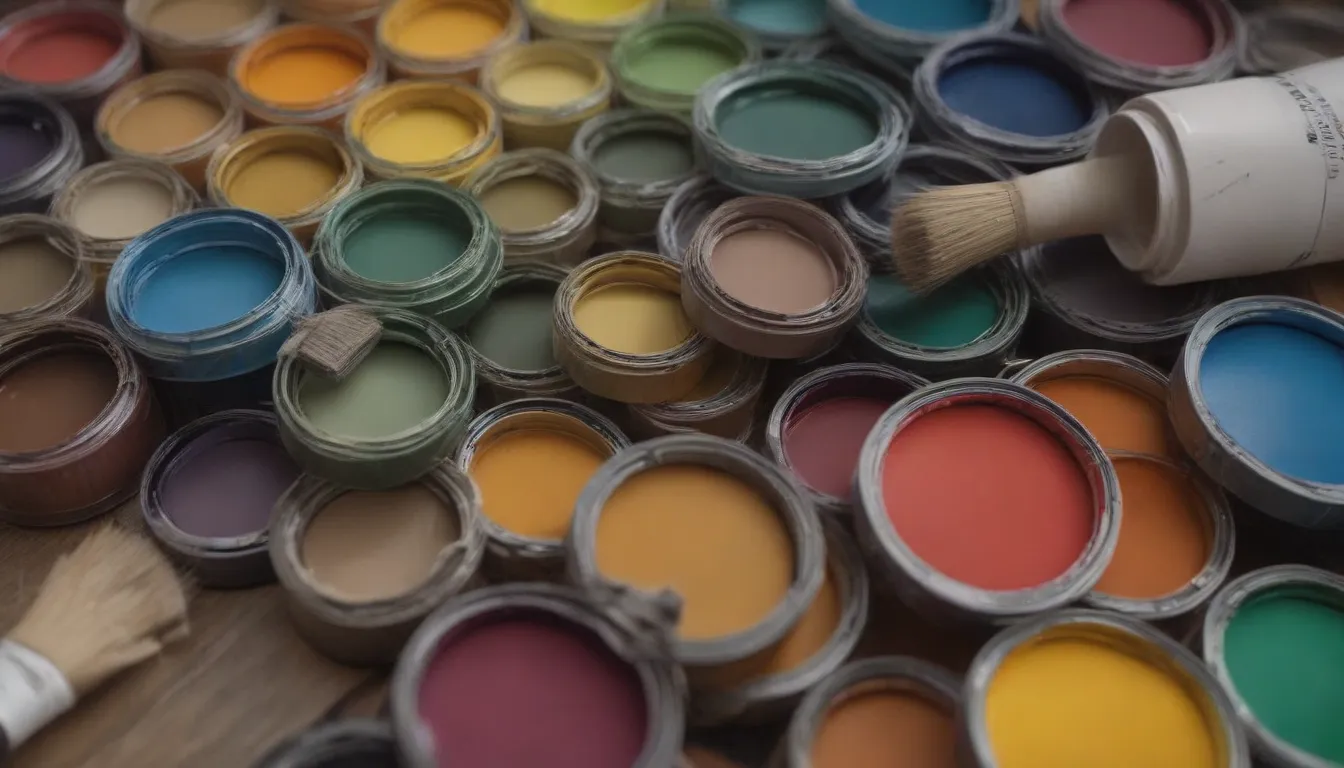
Are you tired of spending hours trying to find the perfect paint color that matches something you saw in a print or on a website? The struggle is real when it comes to translating those colors into a paint match, but fear not! In this comprehensive guide, we will explore common color matching barriers, the values designers use, how technology can help convert values into paint colors, the best apps for color matching, and the use of color sensors to make the process easier. By the end of this article, you will be equipped with the knowledge and tools to match paint colors to print colors effortlessly.
Color Matching Barriers
Have you ever tried to match a color from a website or a printed page? The struggle is real when it comes to getting an exact color match. There are several barriers that can hinder the accuracy of color matching, such as:
- Technology calibration: Different devices and screens may display colors differently, making it challenging to get an exact match.
- Lighting: The lighting in the room where the paint will be applied can affect how the color appears.
- Paint sheen: The type of paint finish can also impact how the color looks, making it difficult to match it accurately.
Common Color Matching Values
Designers have been using color values in web development and the printing industry for years, but these values were not commonly used in the paint color industry. However, the process has evolved, and now you can determine the exact values for your colors by taking samples to a paint shop. Some of the most common values used for color matching include:
- RGB: Red, Green, Blue values used in digital design.
- CMYK: Cyan, Magenta, Yellow, Black values commonly used in professional printing.
- HEX: Hexadecimal values used in web design.
How Technology Converts Values Into Paint Colors
Technology has made it easier than ever to convert digital color values into paint colors. Several websites and apps can help you make this conversion. One of the most popular tools is the EasyRGB Color Calculator, which allows you to enter your values and see a color swatch with links to color harmonies and commercial tints for various paint manufacturers. Another option is an RGB to Pantone color converter, although it may not account for the surface and type of paint.
Apps That Help With Color Matching
There are countless apps available that can assist you in finding the perfect paint color match. Some of the most popular ones include:
- Sherwin-Williams ColorSnap Match app: This app can help you find the perfect paint color match.
- Behr Paint’s ColorSmart app: Home Depot’s line of paints also offers an app that can assist with color matching.
- ColorZilla: A free utility that works well with the Firefox browser, providing RGB values for any color on your screen.
Using Color Sensors
If you want to match an existing wall color in your home, color sensors can be a handy tool to eliminate the guesswork. While these sensors are not as advanced as spectrophotometers, they can still scan any object or surface to find its paint match or digital color value. Some popular devices include:
- Nix Color Sensing Mini
- Color Muse
- Palette Pico
These pocket-sized gadgets are lightweight, durable, and most importantly, cost-effective, making them a great option for DIY color matching.
By utilizing these tools and techniques, you can easily match paint colors to print colors with confidence and precision. Say goodbye to the frustration of trying to find the perfect color match and hello to a seamless painting experience!
